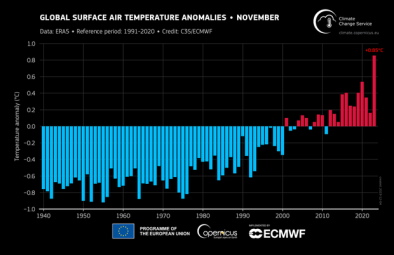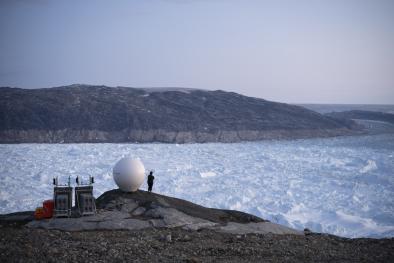Bottom marine heatwaves along the continental shelves of North America
Study key findings & significance
- Heatwaves unfolding on the bottom of the ocean can be more intense and last longer than those on the sea surface
- This is the first assessment of marine heatwaves along North America's continental shelves
- These bottom heatwaves ranged from 0.5 degrees Celsius to 3°C warmer than normal temperatures and could last more than six months — much longer than heatwaves at the surface
Author quotes
"It's a little less clear if climate change is strongly impacting bottom marine heatwaves in the same way it would at the surface," lead-author, Dillon Amaya said, saying changes to ocean circulation patterns could also play a role.
Abstract
Recently, there has been substantial effort to understand the fundamental characteristics of warm ocean temperature extremes—known as marine heatwaves (MHWs). However, MHW research has primarily focused on the surface signature of these events. While surface MHWs (SMHW) can have dramatic impacts on marine ecosystems, extreme warming along the seafloor can also have significant biological outcomes. In this study, we use a high-resolution (~8 km) ocean reanalysis to broadly assess bottom marine heatwaves (BMHW) along the continental shelves of North America. We find that BMHW intensity and duration varies strongly with bottom depth, with typical intensities ranging from ~0.5 °C–3 °C. Further, BMHWs can be more intense and persist longer than SMHWs. While BMHWs and SMHWs often co-occur, BMHWs can also exist without a SMHW. Deeper regions in which the mixed layer does not typically reach the seafloor exhibit less synchronicity between BMHWs and SMHWs.
Related Content






